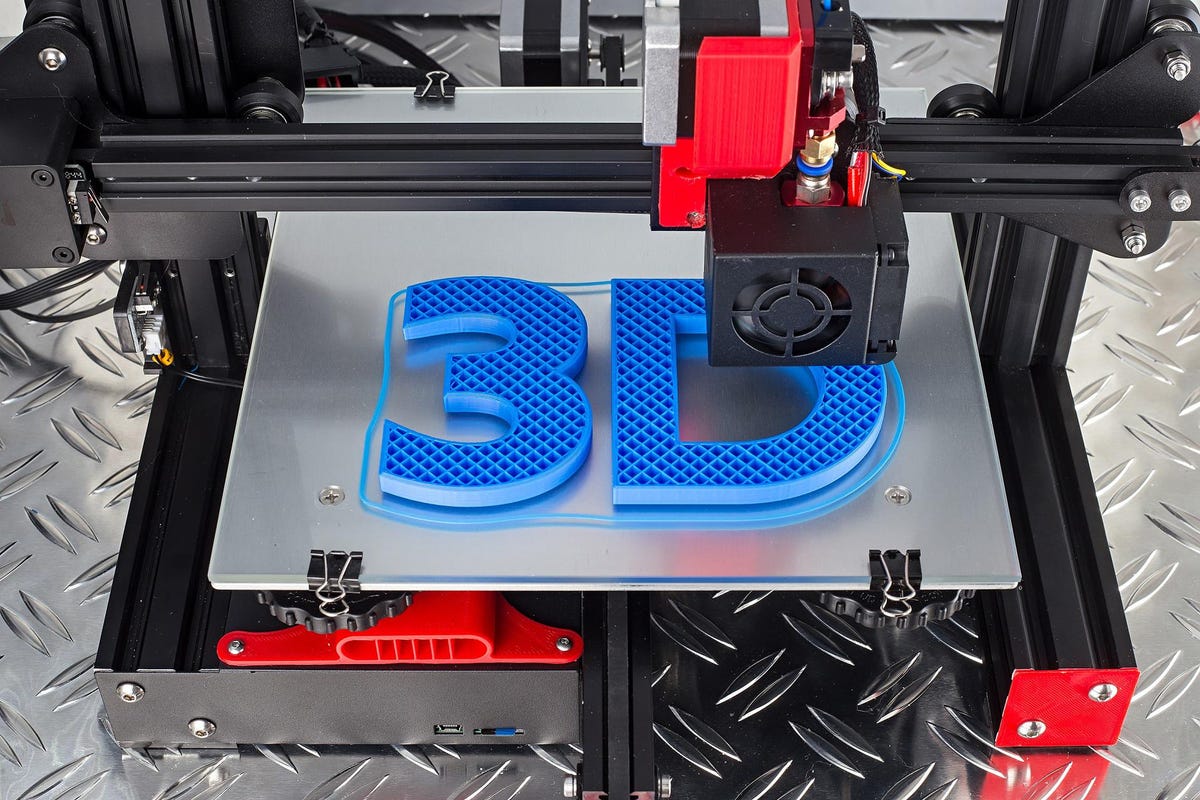
The Advantages and Limitations of Virtual Reality in Engineering
Virtual Reality (VR) technology has revolutionized the way engineers design, visualize, and test their products and systems. In this blog post, we'll explore the advantages and limitations of virtual reality in engineering, including its benefits and challenges. Advantages of Virtual Reality in Engineering Design visualization: VR allows engineers to visualize their designs in three dimensions, providing a more immersive and intuitive experience than traditional 2D drawings and models. This enhances their ability to understand and refine their designs, leading to better products and systems. Simulation: VR can simulate complex environments and scenarios, enabling engineers to test and optimize their products and systems in a safe and controlled environment. This reduces the need for physical testing and prototyping, saving time and costs. Training: VR can provide realistic and engaging training experiences for engineers, enabling them to practice and improve their skills in a safe and controlled environment. This enhances their ability to handle complex and hazardous situations, reducing risks and improving safety. Collaboration: VR can facilitate remote collaboration and communication between engineers, enabling them to work together in real-time regardless of their location. This enhances their ability to share ideas and knowledge, leading to more innovative and effective engineering solutions. Limitations of Virtual Reality in Engineering Cost: VR technology can be expensive to acquire and maintain, requiring specialized hardware and software. This can make it challenging for smaller engineering firms or individual engineers to adopt the technology. Training: VR technology requires specialized training and expertise to use effectively, and engineers may need to invest significant time and resources to become proficient in its use. Realism: VR simulations may not always accurately represent real-world scenarios and environments, which can limit their effectiveness in testing and training. Integration: VR technology may not always integrate seamlessly with existing engineering workflows and software, which can lead to inefficiencies and challenges in adoption. Conclusion Virtual reality technology has significant advantages in engineering, including enhanced design visualization, simulation, training, and collaboration. However, it also presents limitations around cost, training, realism, and integration. As engineers, it is important to consider these advantages and limitations when evaluating the potential benefits of VR in engineering applications. By adopting VR technology in a strategic and thoughtful manner, engineers can leverage its benefits to enhance their design, testing, and training workflows, leading to better products and systems.






